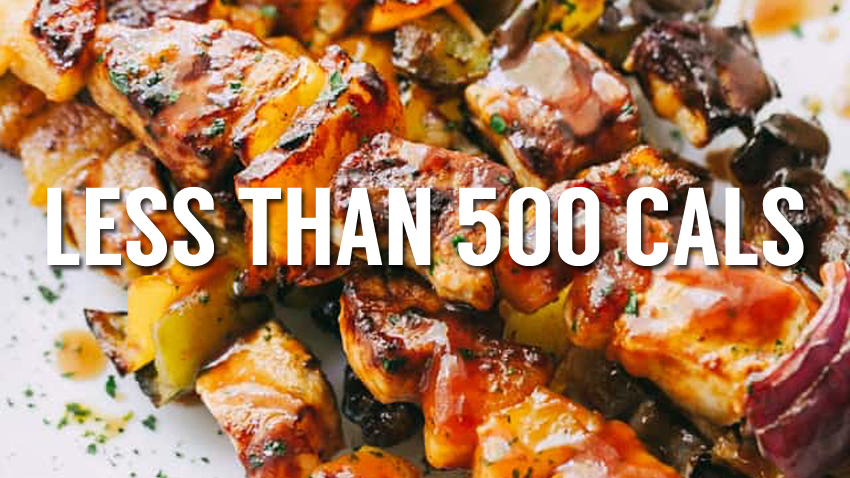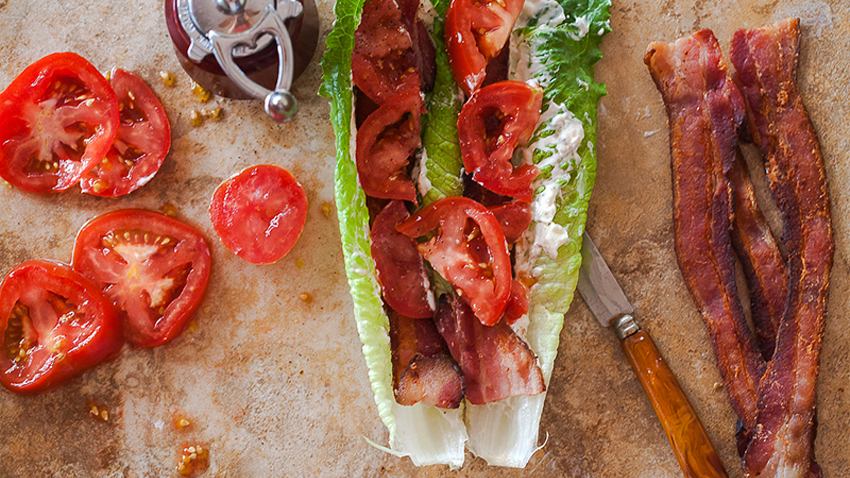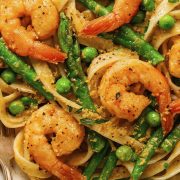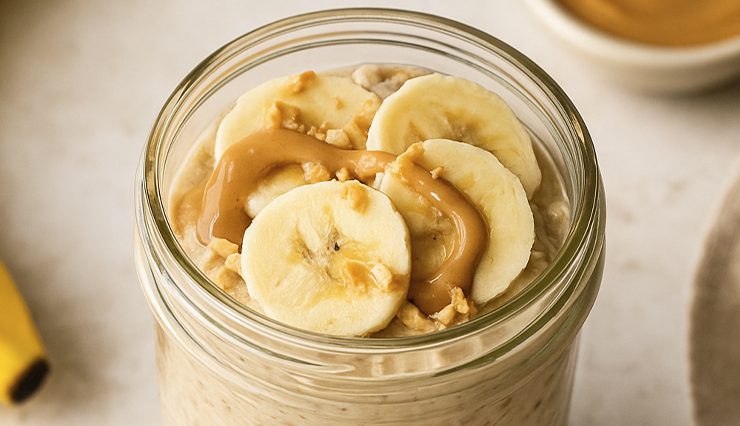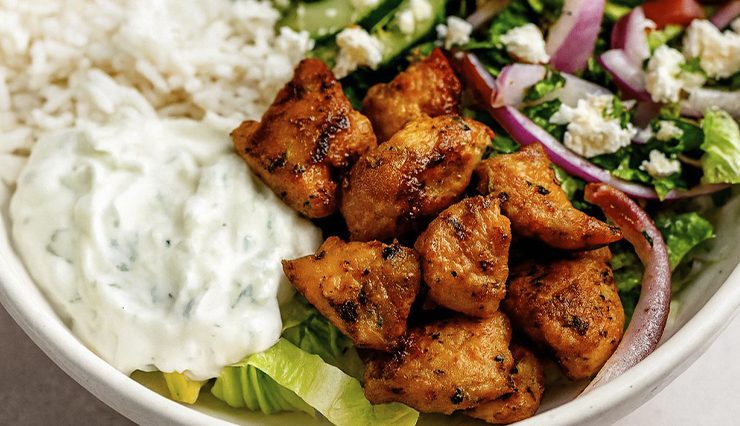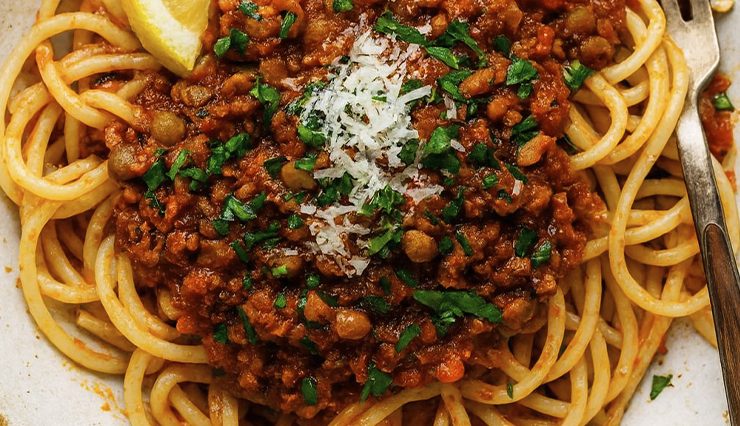Weight Loss Program For Busy Professionals: Smart Strategies for a Hectic Schedule

Trimmed&Toned Team.
When your career demands everything you’ve got — the early mornings, the late nights, the constant travel, and the endless back-to-back meetings — finding time to focus on your health can feel like an impossible luxury. Yet for busy professionals, maintaining a healthy weight isn’t just about looking better; it’s about improving energy, focus, and resilience to handle the demands of high-pressure work environments.
The truth is, many weight loss programs are designed for people with more time than the average corporate executive, lawyer, entrepreneur, or consultant can spare. Following a complicated meal plan or committing to long gym sessions just isn’t realistic for most professionals. That’s why a weight loss program for busy professionals needs to be different — tailored to the reality of a demanding schedule, higher stress levels, and the need for efficiency.
This guide takes a comprehensive look at how busy professionals can lose weight without sacrificing work performance. We’ll cover the unique challenges you face, show you how to master stress management, provide meal planning and meal prep solutions (including premium options for those with higher disposable income), outline quick but effective workout strategies, and share lifestyle adjustments that work in the real world.
Understanding the Challenges Busy Professionals Face
Before we can build an effective plan, we have to acknowledge the specific obstacles that stand in your way. Many busy professionals are not overeating because of a lack of knowledge — they know fast food isn’t ideal. The problem is that their schedules, environments, and pressures make unhealthy choices the default.
- Irregular schedules: One week you might be office-based, and the next you could be in a different city every night. Without consistency, it’s easy to skip workouts or resort to whatever food is immediately available.
- Work travel: Airports, client dinners, and hotel stays mean you’re surrounded by high-calorie options. Long travel days also disrupt eating times and sleep patterns, both of which influence weight control.
- High stress: Constant pressure from deadlines and demanding clients keeps cortisol elevated, which can increase appetite and encourage fat storage, particularly around the midsection.
- Limited time for exercise: Between meetings, commutes, and inbox management, a 60-minute gym session can feel unrealistic. Consistency suffers when workouts depend on large time blocks.
- Social obligations: Networking events, happy hours, and business lunches often involve calorie-dense food and drinks, making moderation harder without a plan and boundaries.
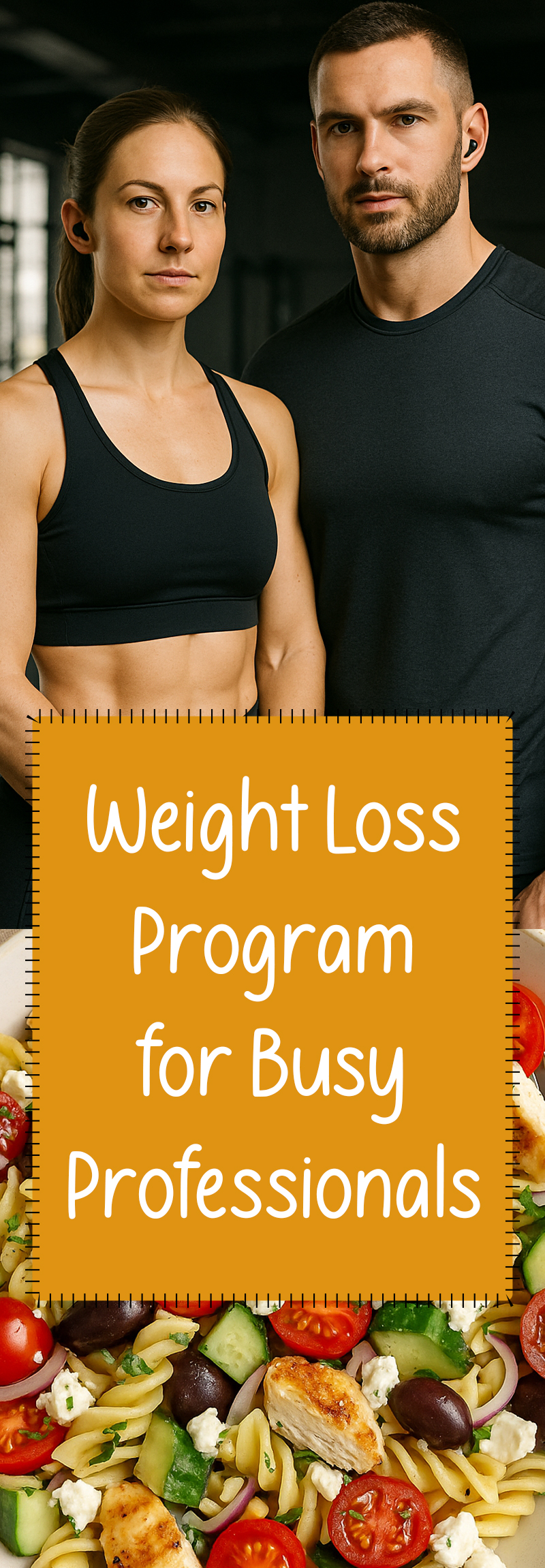
Step 1: Set Realistic Goals That Fit Your Schedule
One of the most common mistakes busy professionals make is setting overly ambitious goals that simply don’t fit their lives. If you’re traveling half the month and averaging 60-hour work weeks, committing to six workouts per week and scratch-cooking every meal sets you up for failure. Instead, aim for sustainable changes you can maintain regardless of how hectic things get.
- Adjust expectations: Target 0.5–1 kg (1–2 lbs) per week. Slow, steady progress is more achievable in a demanding lifestyle and easier to maintain long term.
- Track holistically: Use body measurements, clothing fit, energy, mood, and performance markers in addition to the scale. These give a fuller picture of progress.
- Milestone mindset: Break big goals into 2–4 week milestones. Celebrate small wins to keep motivation high when work ramps up.
Step 2: Master Meal Planning for Your Lifestyle
Meal planning is the highest-leverage habit for busy professionals. Without a plan, food choices will be dictated by convenience, cost, and proximity — not your goals. A simple, repeatable system wins.
- Use your budget strategically: If you have the means, outsource some meals. Services like chef-prepared local deliveries or national brands can provide calorie-smart, macro-balanced meals with zero prep time.
- Grocery delivery: Schedule weekly orders via delivery services to keep staples stocked (lean proteins, ready-wash greens, microwaveable grains, frozen veg, Greek yogurt, nuts, fruit).
- Calendar view planning: On Friday, scan next week’s meetings, dinners, and travel. Pre-decide which meals will be service-delivered, which you’ll prep, and which you’ll eat out — then add notes to your calendar invites.
- Default choices: Create “default lunches” (e.g., grilled chicken grain bowl or tofu salad box) and “default dinners” (e.g., oven salmon + bagged salad + microwave quinoa) to reduce decision fatigue.
Tip: Even if you use meal services for most meals, keep quick, high-protein snacks at home and work (Greek yogurt cups, jerky, cottage cheese, almonds, edamame, hummus + veg) to prevent hunger-driven detours.
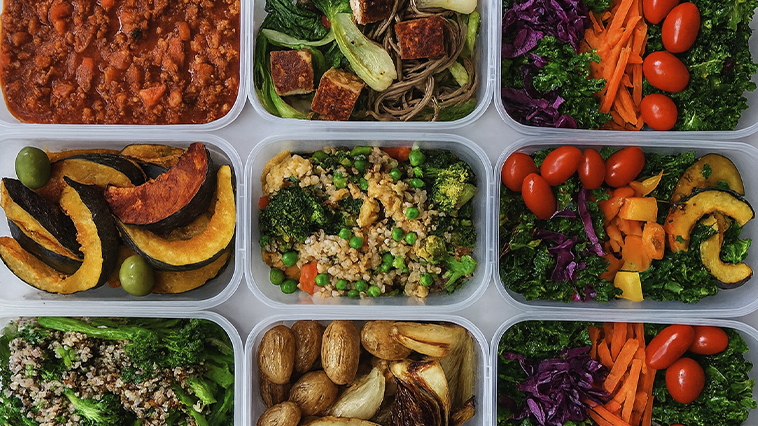
Step 3: Easy DIY Meal Prep for the Time-Pressed
If outsourcing isn’t your style, DIY prep can be fast with the right workflow. The aim is to minimize friction on weekdays by front-loading a little effort once or twice weekly.
- Two-protein rule: Choose two proteins per prep day (e.g., chicken thighs + salmon; tofu + turkey mince). Cook them tray-bake style to free up hands for other tasks.
- Convenience carbs: Stock microwaveable brown rice, quinoa pouches, or pre-cooked lentils. These slash cook time and keep you consistent.
- Volume veg: Roast two trays of mixed veg (broccoli, peppers, courgette, carrots) and keep a bag of ready salad leaves for fast assembly.
- Assembly line: Build grab-and-go bowls: base (greens or grains) + protein + veg + sauce (tahini, salsa, yogurt-herb) + crunch (pumpkin seeds, crushed nuts).
- Container discipline: Use stackable, leak-proof containers. Keep a spare cutlery set and napkins in your bag or car for “anywhere” eating.
Step 4: Quick, Effective Workouts for Busy Schedules
Short, intense, or strategically scattered sessions fit best around meetings and travel. Aim for 3–4 training days weekly, with movement “snacks” on others.
- HIIT in 20: Example block — 40s squats, 20s rest; 40s push-ups; 40s alternating reverse lunges; 40s mountain climbers; 40s plank. Rest 60–90s, repeat 3–4 rounds.
- Micro-workouts: Three 10-minute sessions: morning mobility + quick core, lunchtime brisk walk + stair sprints, evening band circuit. Accumulated effort counts.
- Hotel playbook: Pack a mini band and light long band. Do: banded RDLs, rows, presses, lateral walks, plus bodyweight split squats and planks. 20–25 minutes, anywhere.
- Non-negotiables: Put workouts in your calendar with the same priority as meetings. “What gets scheduled gets done.”
Step 5: Stress Management as a Weight Loss Tool
Chronic stress undermines appetite control, sleep quality, and recovery. A small daily stress routine stabilizes energy, cravings, and decision-making.
- Walking meetings: Convert at least one internal meeting per day into a walk-and-talk. You’ll accumulate steps without losing time.
- Breath breaks: Try 4–6 slow exhales per minute for 3–5 minutes between tasks. It’s fast, private, and effective.
- Sleep guardrails: Caffeine cutoff 8 hours before bed; screens down 60 minutes before bed; set a non-negotiable bedtime alarm.
- Boundary scripts: Prepare polite defaults for declining late dinners or extra drinks: “I’ve got an early client call — I’ll join for the first hour.”
Step 6: Lifestyle Hacks That Burn Calories Without the Gym
Your daily routine is full of hidden opportunities for movement and better choices. Stack small actions that collectively move the needle.
- Stand and stride: Stand during calls; pace for part of them. Aim to add 1,500–3,000 steps across your workday without “exercise.”
- Active commute fragments: Park 10 minutes away; get off transit one stop early; always take stairs for ≤4 floors.
- Restaurant rules: Lead with protein and veg; swap chips for extra greens; ask sauces/dressings on the side; decide on alcohol before you sit down (e.g., “one drink max” or “sparkling water only”).
- Desk environment: Keep water visible; keep snacks invisible. What’s on show gets eaten.
Sample Weekly Weight Loss Program for Busy Professionals
This example balances high-pressure work with health priorities. Adjust training days and meals around your calendar, travel, and client commitments.
Monday: 20-minute morning HIIT; pre-decided lunch (meal service or DIY bowl); simple macro-balanced dinner at home; 5-minute breath work pre-bed.
Tuesday: Walking meeting (30–45 minutes); prepped lunch; evening mobility + core (10–15 minutes); no screens after 10pm.
Wednesday: Hotel band circuit or gym if available; dinner out — grilled protein, two veg sides, skip dessert; lights out on time.
Thursday: Morning bodyweight circuit; grocery delivery drop; assemble two lunches for Fri/Mon; brief meditation after work.
Friday: 30-minute brisk walk before work; networking lunch — protein + salad + dressing on the side; early, light dinner.
Saturday: Outdoor activity (hike, cycle, long walk); batch cook proteins and roast veg; social plan that isn’t food-centric.
Sunday: Rest or gentle yoga; calendar plan next week’s meals and workouts; set default choices for travel days.
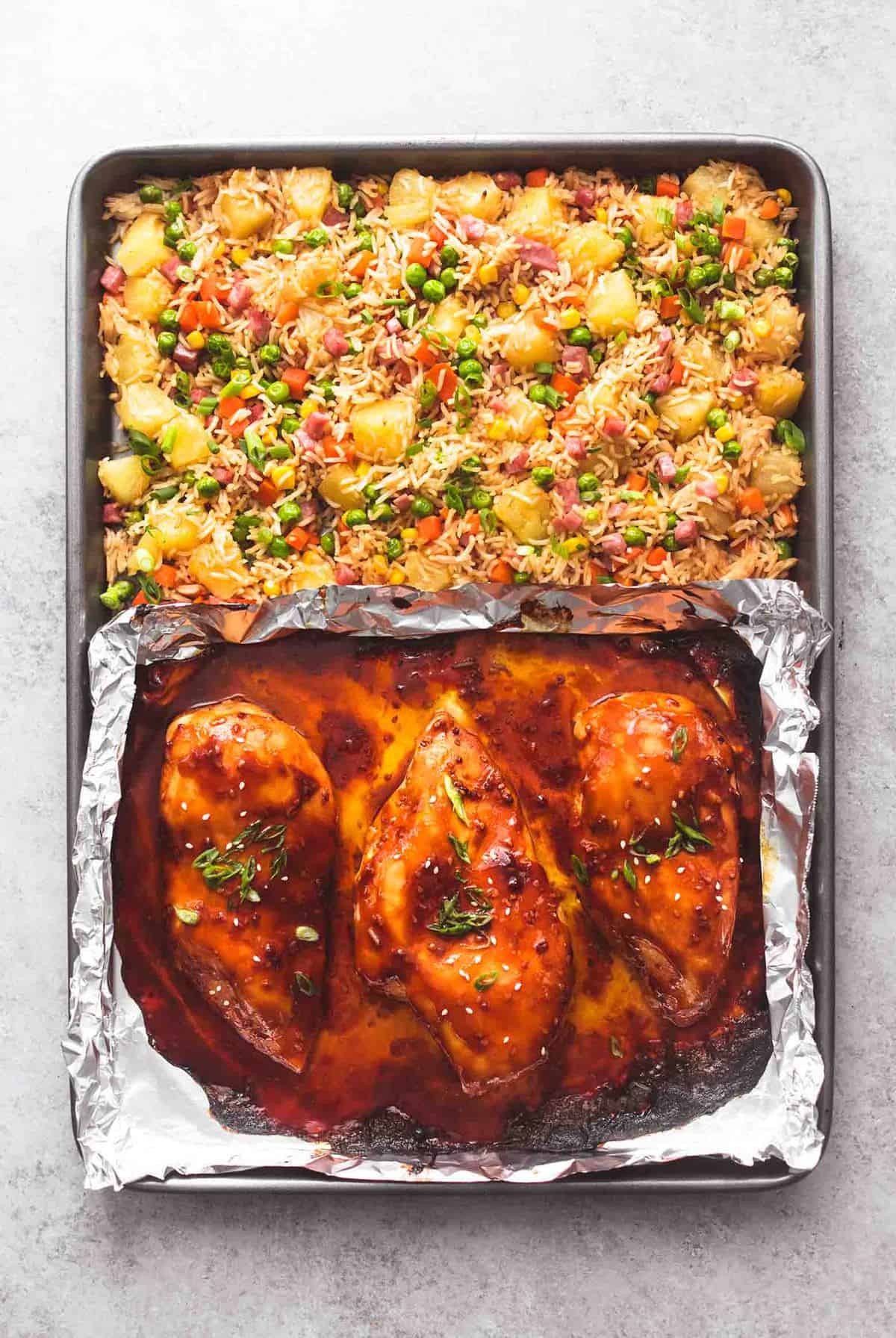
7-Day Meal Plan for Busy Professionals (Adjust Portions to Your Goals)
This plan is built for efficiency, portable eating, and minimal decision-making. Portions are intentionally unspecified so you can scale to your energy needs and goals. Swap any meal with a comparable option if you’re traveling or using a meal service.
Day 1 — Monday
Breakfast: Greek yogurt, berries, a sprinkle of nuts; coffee/tea.
Lunch: Grilled chicken grain bowl (microwave quinoa, roasted veg, olive oil + lemon).
Snack: Apple + nut butter or cottage cheese.
Dinner: Oven salmon, bagged salad with olive oil and vinegar, microwaveable brown rice.
On-the-go strategy: Keep a protein bar and water in your bag for late meetings.
Day 2 — Tuesday
Breakfast: Overnight oats with chia and mixed fruit.
Lunch: Meal-service option (high-protein bowl) or turkey salad box with avocado and seeds.
Snack: Carrot sticks and hummus; a few olives.
Dinner: Stir-fried tofu and mixed vegetables with quick-cook rice; soy-ginger sauce.
On-the-go strategy: Convert one call to a 20-minute walk; sip water throughout.
Day 3 — Wednesday
Breakfast: Scrambled eggs with spinach; whole-grain toast if desired.
Lunch: Chicken burrito bowl (rice, black beans, salsa, extra veg; avocado added at eating).
Snack: Greek yogurt or kefir; a few almonds.
Dinner (client dinner example): Grilled fish or lean steak; double vegetables; skip creamy sauces; sparkling water or limit to one drink.
On-the-go strategy: Decide your order before you arrive to avoid impulse choices.
Day 4 — Thursday
Breakfast: Smoothie (protein powder, spinach, frozen berries, milk of choice).
Lunch: Leftover tofu stir-fry or meal-service macro bowl.
Snack: Rice cakes with peanut butter or cheese + fruit.
Dinner: Sheet-pan chicken thighs with roasted peppers, onions, courgette.
On-the-go strategy: Prep two “tomorrow lunches” while dinner cooks.
Day 5 — Friday
Breakfast: Egg muffins (egg, peppers, spinach) with salsa.
Lunch: Deli salad built to your template (protein + greens + crunchy veg + seeds + vinaigrette).
Snack: Edamame or roasted chickpeas.
Dinner: Quick pan-seared prawns with garlic and lemon; microwaved quinoa; side salad.
On-the-go strategy: If drinks are planned, alternate each alcoholic drink with sparkling water.
Day 6 — Saturday
Breakfast: Protein pancakes or yogurt parfait; coffee/tea.
Lunch: Lentil soup with side salad and olive oil.
Snack: Fruit + handful of nuts.
Dinner: Lean burger or grilled portobello on salad; oven sweet potatoes.
On-the-go strategy: Batch-cook a tray of protein and vegetables tonight for next week.
Day 7 — Sunday
Breakfast: Omelette with mushrooms, tomatoes, herbs.
Lunch: Quinoa chickpea salad with lemon-tahini dressing.
Snack: Cottage cheese with pineapple or berries.
Dinner: Roast chicken and mixed veg; save leftovers for Monday.
On-the-go strategy: Set your calendar with next week’s default lunches and workouts.
Snack ideas to rotate any day: Greek yogurt cups; string cheese; fruit + nuts; hummus + veg; jerky; protein shake; rice cakes + nut butter; dark chocolate square.
Conclusion
Weight loss for busy professionals isn’t about squeezing into someone else’s perfect fitness routine — it’s about building a program that respects your career demands while prioritizing your health. By planning meals strategically, integrating short workouts, managing stress, and making small, consistent lifestyle changes, you can achieve meaningful results without burning out. Keep the system simple, protect your non-negotiables, and let the calendar do the heavy lifting.
Medical Reminder: Always consult your doctor or healthcare provider before making major changes to your eating habits, exercise routine, or lifestyle. This article is not a substitute for professional medical advice.
Trimmed&Toned Team.



